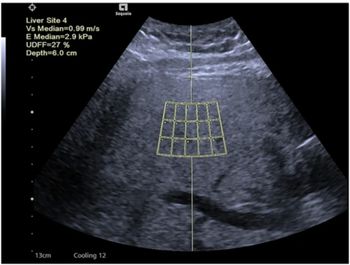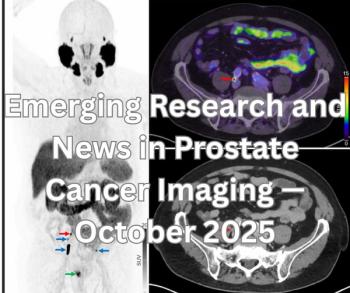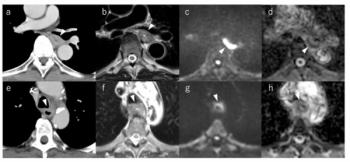
PI-RADSv2 For Staging Prostate Cancer
PI-RADSv2 reduces understaging of prostate cancer, but could increase risk of overstaging.
Use of Prostate Imaging Reporting and Data System, version 2 (PI-RADSv2) reduces understaging and improves interobserver agreement in extracapsular extension (ECE) assessment, although there is a risk of overstaging, according to a study published in the
Researchers from Japan sought to validate PI-RADSv2 in assessing ECE, compared with PI-RADSv1. A total of 210 patients participated in the trial.
All patients had clinically localized prostate cancer and all underwent MRI and radical prostatectomy. Two readers independently interpreted the MR images. In PI-RADSv1, 5-point ECE risk scoring was used. In PI-RADSv2, ECE criteria included morphologic features and a tumor-capsule contact length (CL) greater than 10 mm. The diagnostic performance of each PI-RADS version and the cutoff CL were evaluated.
The results showed ECE in 56 patients (26.7%). In PI-RADSv1, maximal accuracy was achieved with a risk score of 3 or greater. At this threshold, positive findings on PI-RADSv1 were identified in 21.0%–34.3% of patients and PI-RADSv2 were identified in 49.0%–51.4% of patients.
PI-RADSv2 had higher negative predictive values (96.3%–97.1%), compared with PI-RADSv1 (84.9%–89.1%), and PI-RADSv1 and PI-RADSv2 had positive predictive values of 56.9%–70.5% and 49.1%–50.5%, respectively. Interobserver kappa values were 0.511 for PI-RADSv1 and 0.781 for PI-RADSv2. The best cutoff CL was greater than 10 mm among patients without morphologic features of ECE. For patients positive for ECE on the basis of PI-RADSv2 but not PI-RADSv1, 73.3%–74.1% of prostate cancer cases with a biopsy Gleason score of 7 or less and 35.7%–44.4% of cases with a biopsy Gleason score of 8 or higher were overstaged.
The researchers concluded that PI-RADSv2 reduced understaging and improved interobserver agreement in ECE assessment, but overstaging was a concern. In this case, the biopsy Gleason score may have a complementary role in reducing overstaging.
Newsletter
Stay at the forefront of radiology with the Diagnostic Imaging newsletter, delivering the latest news, clinical insights, and imaging advancements for today’s radiologists.






























